Description for Lilly Humatrope 72iu
Lilly Humatrope 72iu is a synthetic human growth hormone (HGH) produced by Eli Lilly and Company. It is used for the treatment of growth hormone deficiency in children and adults. This medication comes in the form of a lyophilized powder that is reconstituted with sterile water for injection.
Humatrope contains somatropin, which is identical to the growth hormone naturally produced by the pituitary gland. It stimulates growth, cell reproduction, and regeneration in the body. In children, Humatrope is prescribed to treat growth failure caused by inadequate secretion of growth hormone. In adults, it is used to treat growth hormone deficiency that may occur due to pituitary disease, surgery, or radiation therapy.
The 72iu strength of Humatrope refers to the amount of somatropin present in each vial. It is important to note that the dosage and treatment duration are determined by a healthcare professional based on the individual's specific needs and medical condition.
Humatrope is administered through subcutaneous injection, typically on a daily basis. The injection site should be rotated to prevent lipoatrophy (loss of fat tissue) or hypertrophy (increase in fat tissue). The reconstituted solution should be used immediately or refrigerated for up to 28 days.
As with any medication, Humatrope may cause side effects. Common side effects include injection site reactions, headache, nausea, joint pain, and swelling of the hands and feet. Serious side effects are rare but can include increased intracranial pressure, allergic reactions, and pancreatitis. It is important to monitor for these side effects and report any concerns to a healthcare professional.
Before starting Humatrope treatment, it is crucial to inform your doctor about any medical conditions, allergies, or medications you are taking. This medication may interact with certain drugs, so it is essential to disclose your complete medical history to ensure its safe use.
In conclusion, Lilly Humatrope 72iu is a synthetic human growth hormone used to treat growth hormone deficiency in children and adults. It is administered through subcutaneous injections and should be used under the guidance of a healthcare professional.
Shipping Cost
On all orders is set at $25.00
Secure checkout
Protected by Bitcoin
Offer & gift here
On all huge orders

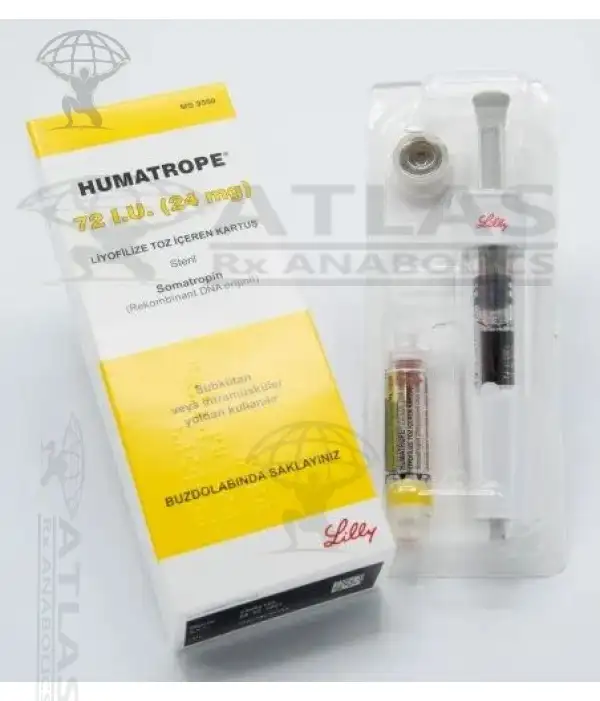




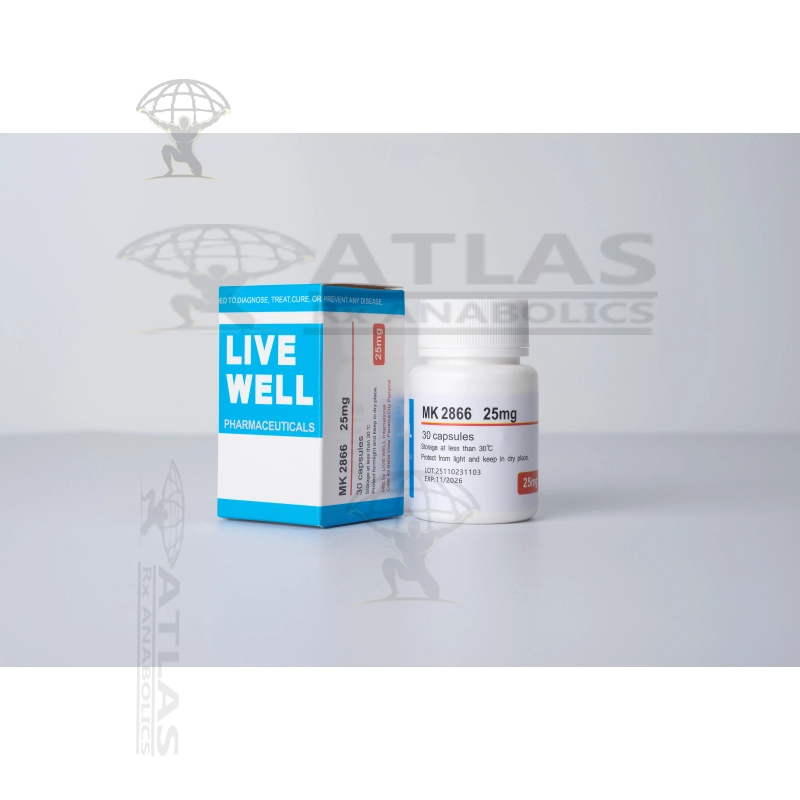
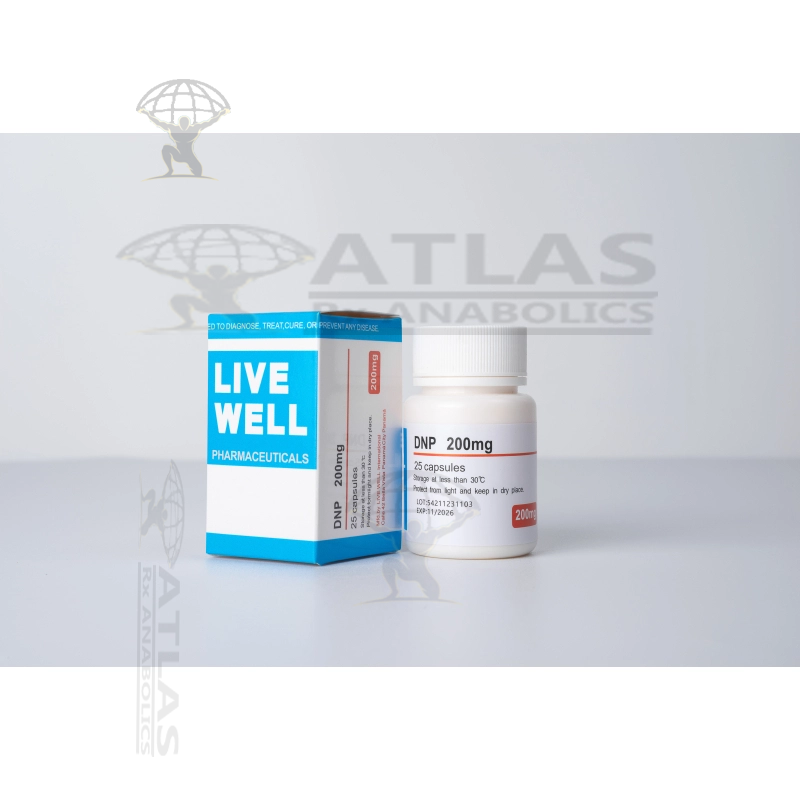
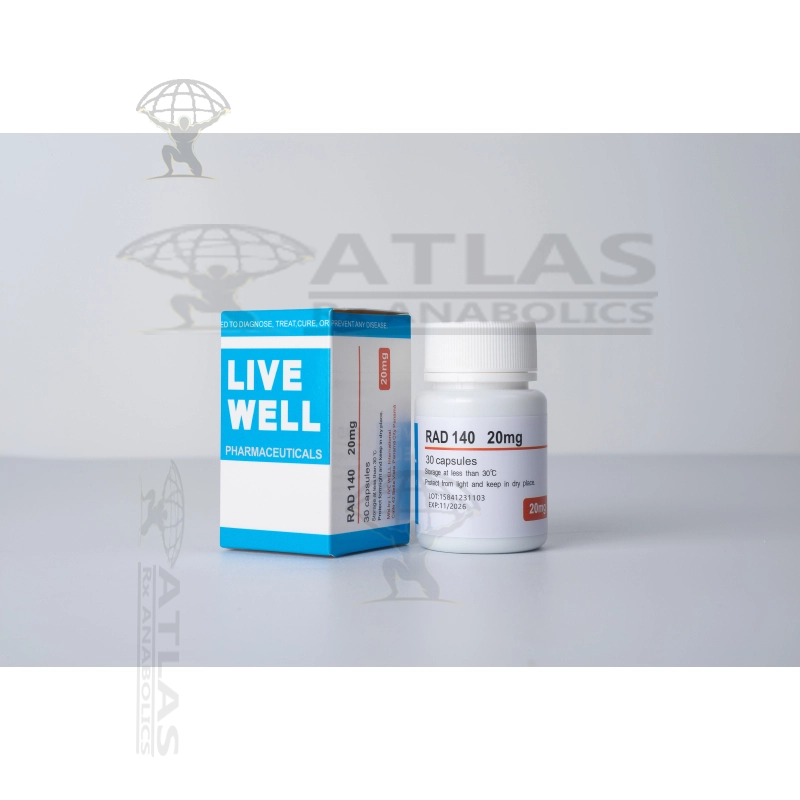
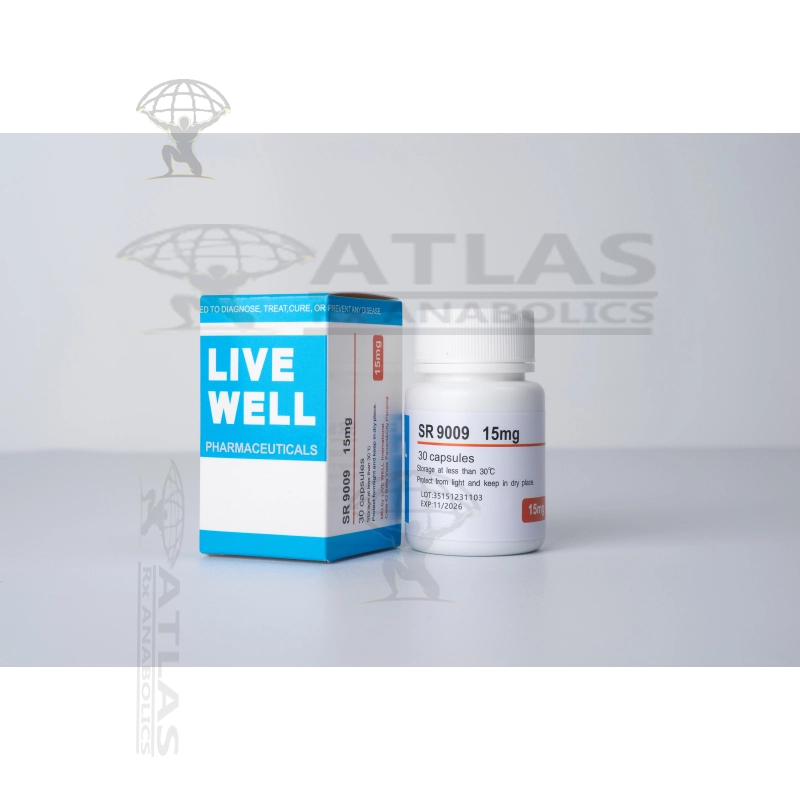
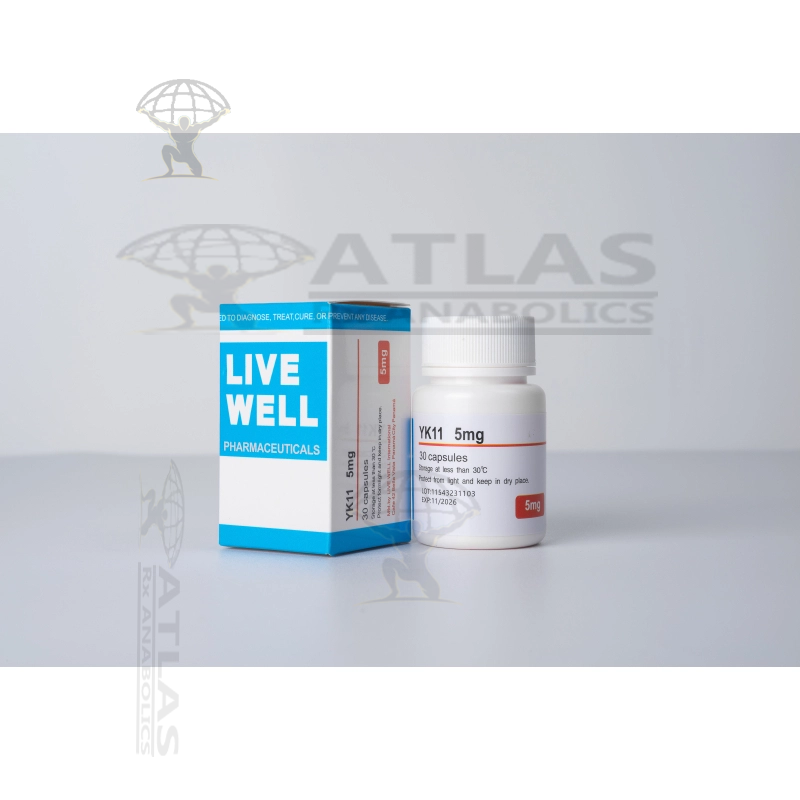
Harper Hughes
I recently made a purchase from this website and I am beyond satisfied. The product is of great quality and the shipping was fast. Highly recommend this site!